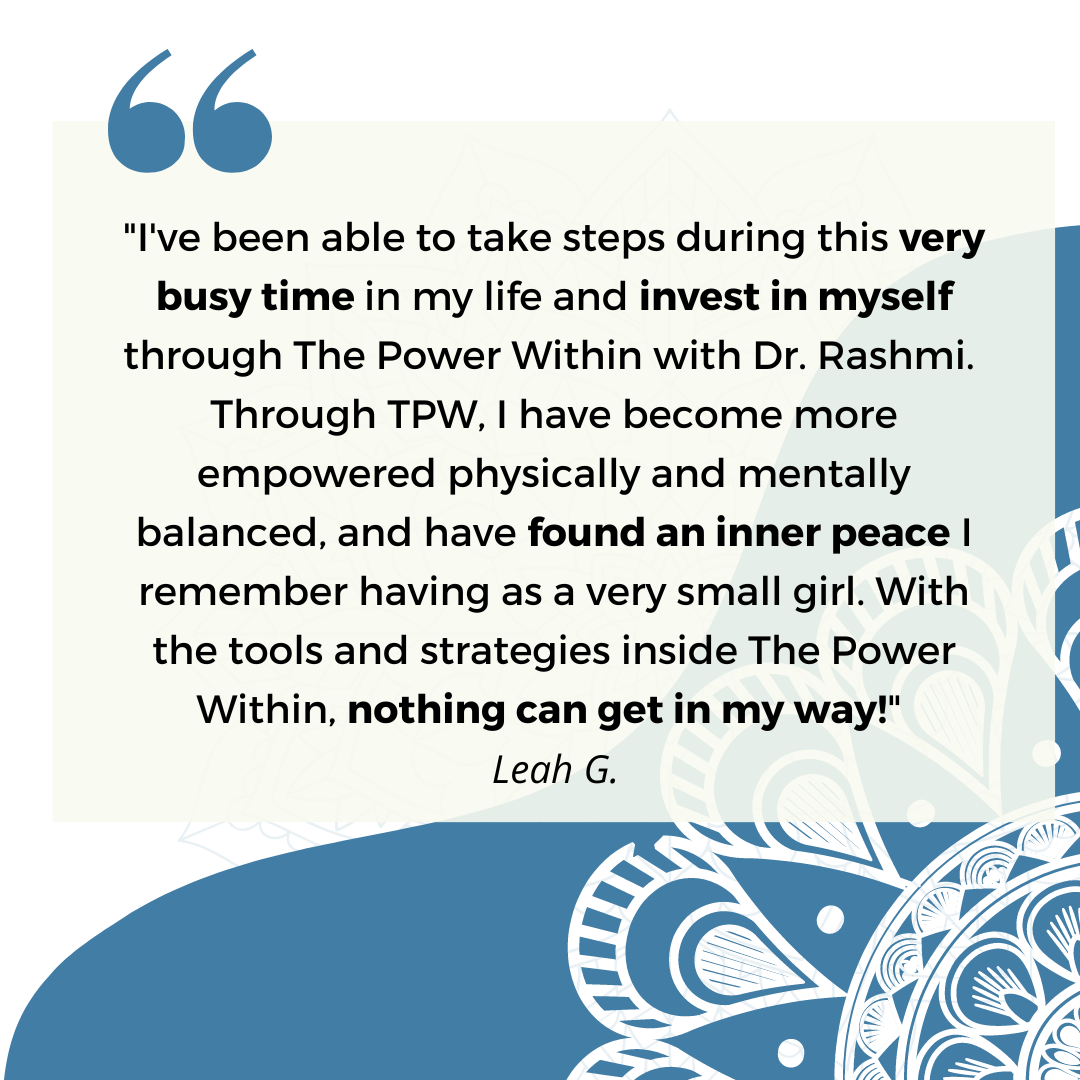You may have heard about Ayurveda. The word itself means “the science of life”. Ayurveda is an ancient wisdom tradition that has evolved over 5,000 years. Inside this holistic health system, we find comprehensive knowledge about a variety of remedies for healing, but Ayurveda emphasizes balance within the lifestyle above all else.
I think of Ayurveda as the original Lifestyle Medicine – only it is more personalized than what we currently consider to be “best practices”, especially when it comes to what we eat. Ayurveda gives us many wonderful tools to help us maximize our health and wellbeing with our diet. Let’s explore some easy ways you can incorporate this ancient into your busy daily lives.
1. Consume whole, fresh foods – locally grown when possible.
We have all seen the enormous toll industrialized “food-like” meals have taken on our society. When we eat heavily processed foods, we lose nearly all the original nutrients mother nature intended for us. Processed foods contain additives that are addictive, and many studies have shown significantly increased risk for illnesses such as Diabetes, Heart disease, Alzheimer’s dementia, and chronic inflammatory illness, just to name a few.
So, it’s best to drop the processed food and make better choices. Ayurveda recommends that we eat whole, fresh foods that are grown as locally as possible. These foods retain all the natural nutrients that mother nature intended for us to enjoy. For example, there are thousands of phytonutrients found in fresh plants that help keep our gut healthy and vibrant – that are completely missing in processed foods.
I advise my patients to consider what any food looked like when it was grown/picked and then compare that to how the food looks on their plate. For example, consider cut fruits or steamed veggies: they closely resemble how they appeared when they were picked, right? Now consider a Dorito chip or a slice of deli meat…no resemble to the original product.
In Ayurveda, there is an important concept of “prana” or life force. Prana keeps us healthy and feeling energetic. Whole foods that are fresh contain much more prana than processed foods. Eating locally means savings on transportation plus you’ll have your foods even fresher. Eating in season and locally helps your local farmers as well.
2. Reduce or eliminate ice-cold foods and beverages.
People are often surprised when they see this wise Ayurvedic recommendation. Let me introduce you to the concept of “Agni” or digestive fire. Agni gives us the ability to properly digest our food, eliminate waste and absorb the most important nutrients. When we are constantly drinking ice-cold water or ice-cold smoothies/drinks, we continuously douse this digestive fire.
If we are drinking ice-water and eating a cold salad on already cold winter day – you can imagine that this makes digestion very challenging for our bodies. If we are not digesting our food well, we feel sluggish.
Make the switch today: simply drink room temperature water and make it a point to eat warm foods, especially in the fall and winter months. Ayurveda recommends starting each day with a glass of warm water with lemon to aid the digestive process for the day.
3. Make lunch your largest meal.
Remember that Agni we talked about? Our digestive fire is highest when the sun is highest (the fire that sustains all life on earth). We can take advantage of this vibrant fire by eating our largest meal at lunch, rather than at dinner.
As the sun sets, we should consider eating a light dinner and avoiding excessive amounts of salts and fats – as it is difficult to digest late in the evening. It is also best practice to avoid eating after 7p whenever possible. I think we’ve all been there – eating a late and heavy dinner and not being able to get good sleep.
By the way, let’s say you’re a big salad fan…its best to eat a large salad as lunch, rather than dinner given that Agni is at its highest at Noon.
4. Liberally add herbs and spices to your diet.
When I mention Ayurveda, people often think about turmeric, the bright orange-yellow root that has been shown to have numerous health benefits including anti-inflammatory, anti-cancer, and even anti-dementia to name a few. You may be surprised that Ayurvedic wisdom contains many, many more spices and herbs than turmeric.
Some of the most used are Ginger, Tulsi (holy basil), Cumin seed, Coriander seed, Fennel, Saffron, Basil, Rosemary, Cloves, Pepper (cayenne and black), and Cinnamon.
Many of these herbs and spices are adaptogens, which means that they literally adapt to whatever your body needs. They are very smart herbs indeed.
I recommend growing herbs if possible: that way, you’re getting fresh and local. If that’s not possible, dried herbs and spices work just fine too. Just add them liberally to your cooking and consider making warm tea with ginger, lemon or Tulsi.
5. Eliminate distractions while eating
Let’s face it. We live in a distracted world. Society rewards us for being “busy” which often means multi-tasking. Scrolling through social media while eating lunch is a commonplace occurrence in my office. And many times, I see people scrolling on their phones while they are eating other meals too. Eating while distracted leads to mindless eating, which generally means that we are more likely to make poor choices in our food plus we will likely not stop eating when we are full.
Being mindful while eating is simple, but it takes practice. It is the act of paying attention to the present moment and the food that we are consuming. That’s it. It is known to increase our satisfaction to what we eat, and this helps us stop eating when we are full. We are more likely to eat healthier foods if we are paying attention with this one simple act.
I hope you’ll try a few of these 5 easy ways to incorporate Ayurvedic wisdom into your diet. You’ll notice better digestion and increased energy, which is a great way to improve the quality of our lives. If you’d like to learn more about Ayurveda, be sure to sign up for my newsletter if you haven’t already. I teach Ayurveda and Meditation sessions regularly.






